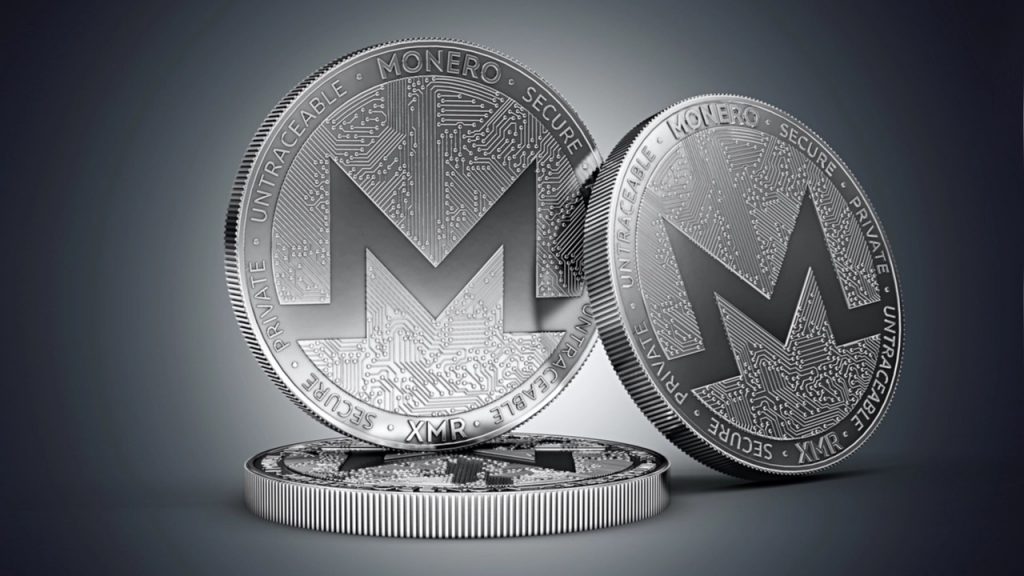
High-ranking regulators in financial services have reiterated their call for an EU-wide ban of cryptocurrency mining using the proof -of-work model. It is believed that the power-hungry model used in minting major cryptocurrencies such as bitcoin, as well as ethereum, has led to increased use of renewable energy and a slowing of climate change in other sectors.
Erik Thedeen, Vice-Chair of European Securities and Markets Authority, stated to Financial Times that the regulators on the Old Continent need to consider banning proofof-work mining and steer the industry toward the less-energy-intensive proofof-stake method. According to the ESMA official this will reduce its enormous power consumption.
Thedeen is also the director-general for Sweden’s Financial Services Authority. He noted that bitcoin mining has become an important national issue. He and Bjorn Risinger (head of the Swedish Environmental Protection Agency) identified proof-of-work as the primary reason for bitcoin’s high energy consumption. was the first to call for an EU ban.
Thedeen insists that proof of work should be banned. He also emphasized that proof-of stake has a lower energy profile. The regulator stated that ‘we need to have discussions about shifting the industry towards a more efficient technology.’ However, Thedeen made it clear that he wasn’t advocating for a broad crypto ban.
The environmental impact of cryptocurrency mining is being criticized. China, which had the largest share in global hashrate at the time, launched a crackdown against the industry last May following President Xi Jinping’s promise to achieve carbon neutrality. The miners have been trying to increase the percentage of renewable energy in their equipment’s power mix. Erik Thedeen claims:
It would be ironic if all the wind power from Sweden’s long coastline was used for bitcoin mining.
Companies that mine coal have moved to countries with high-tech solar and wind power generation capacities, such as Sweden or Norway. supports the Swedish proposal. Thedeen warns that authorities will not intervene if a substantial amount of renewable energy is used to mint digital currencies, rather than helping traditional services shift away from coal-powered energy sources.

